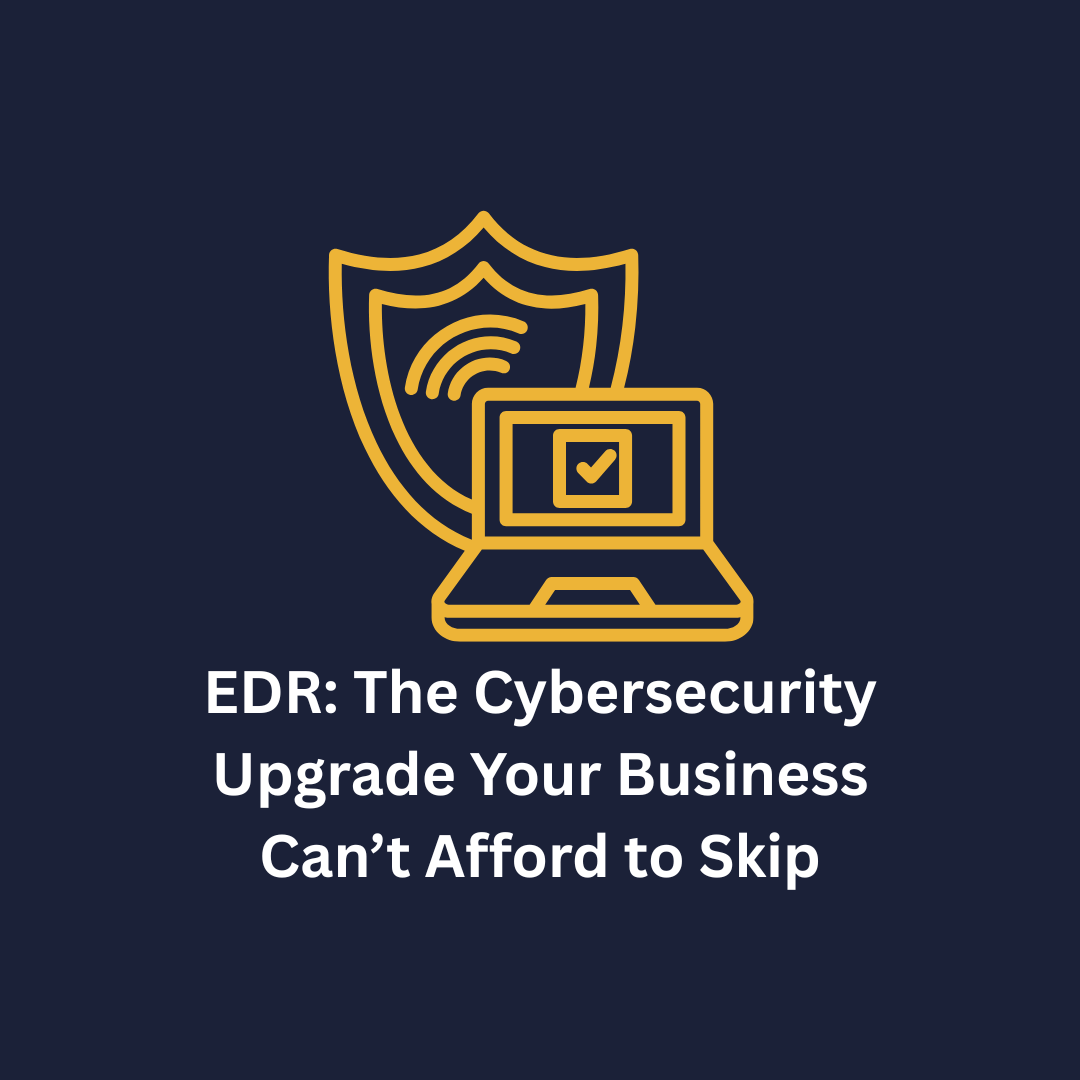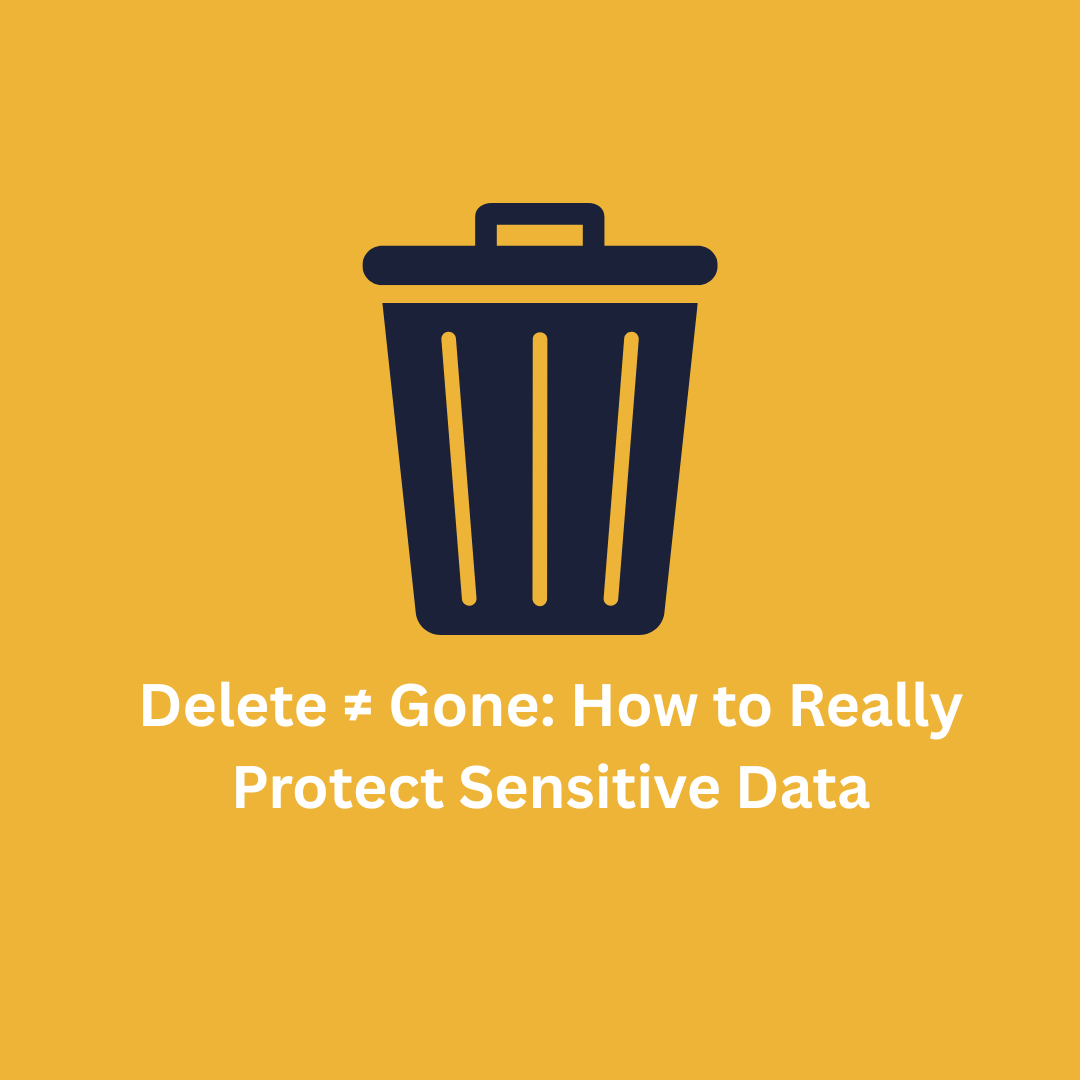Security something that has to be top of mind to keep you safe!
One thing that has been happening a lot these days is the massive increase in tech support scams. By knowing what they are and how to deal with them, you can be better prepared in case you are ever in that situation. Tech support scams are used to make you think there is a problem with your computer and that it needs to be fixed when nothing is wrong. This can come in the form of a phone call or maybe you get a pop-up on your computer telling you to call a number to get support. On the computer they are made to look like you have a virus or that your computer is being hacked. If it is a phone call, the scammer pretends to be from a tech company and tells you that there is an issue and that you need to let them on your computer to help fix it. Sometimes the number they call from even looks like it could be from someone in your area!
Phone Scams
If someone is calling you asking for access to your computer, do not let them on. They may tell you that you are being hacked or that your computer has a virus. This is just a scare tactic used to make you think that they are serious. Often times they want you to give them access toy our computer and then they will ask you to pay them for support, even thought here is nothing wrong. With remote access of your computer, they can display images on your computer to make it look like there are errors.
Fake Error Messages & Popups
Another way that scammers use to gain access to your computer is the fake Microsoft popup. What happens is the screen freezes up and you will see a message that says something like security warning and there will be a phone number for you to call. One of the methods they use is that they lock the screen, and you will not be able to close any of the windows or the browser, therefore making you think the only way to fix it is to call them. When you call the number, you will be calling a scammer, not Microsoft. Microsoft error messages and warnings do not have phone numbers. These alerts are not real and the warnings you see on the screen are a lie. It’s made to confuse people and cause fear making you worry about your security.

What you can do if this happens
The pop-up scams are inconvenient. However, it is possible to take care of this yourself with the right knowledge. Here are a couple of ways you can get rid of them.
- Task manager – the keyboard shortcut to open task manager is Ctrl + Alt + Delete. By pushing this it will open a blue screen with multiple options, one of them is Task Manager. Click it and then end the task. This will be the internet browser that you were using when the error occurred, such as Google Chrome.

- Shutdown – if for some reason you are not able to open the task manager, then you will have to manually shutdown the computer by holding the power button for at least ten seconds or until it is shutdown. When you power back on the computer and login, just be sure not to reopen the pages from the previous session

What if I let the scammer on my computer?
In the event you gave a scammer access to your computer there are several things you should do. Turn off the computer and do not use it until you have had it looked at by a trusted professional and they can make sure it is safe to use again. But taking care of your identity and accounts is the first thing. Contact your bank and let them know your situation so they can be alert for any suspicious activity that may happen on your account. Also contact your credit card company and let them know as well. They will cancel your card and issue you a new one.
Next go through all your accounts and reset your passwords. Scammers can install malware that can capture your username and passwords for your accounts and try to steal your identity. Email, Facebook, Google, Amazon, financial, medical and any other website you use should all be updated to a new and strong password, and if possible you should setup multi-factor authentication. And this may be embarrassing, but let people know what happened to you. If a scammer was able to get a hold of one of your accounts, they may try to scam other people that you know pretending to be you.
In Conclusion
The hassle of being a victim of a scam is overwhelming, but it is preventable. Knowing the signs of what a scam is and how to deal with it is what’s important. Never give someone you do not know access to your computer. If someone is claiming that your computer has a virus or you have been hacked, and you do not know who they are, reach out to someone you do know and trust and explain your situation. Remember, if you’re not sure, just ask!

At Honorbound IT I am here to answer the call! Whether you need support or have questions about our service, let me know and I’d be happy to help!


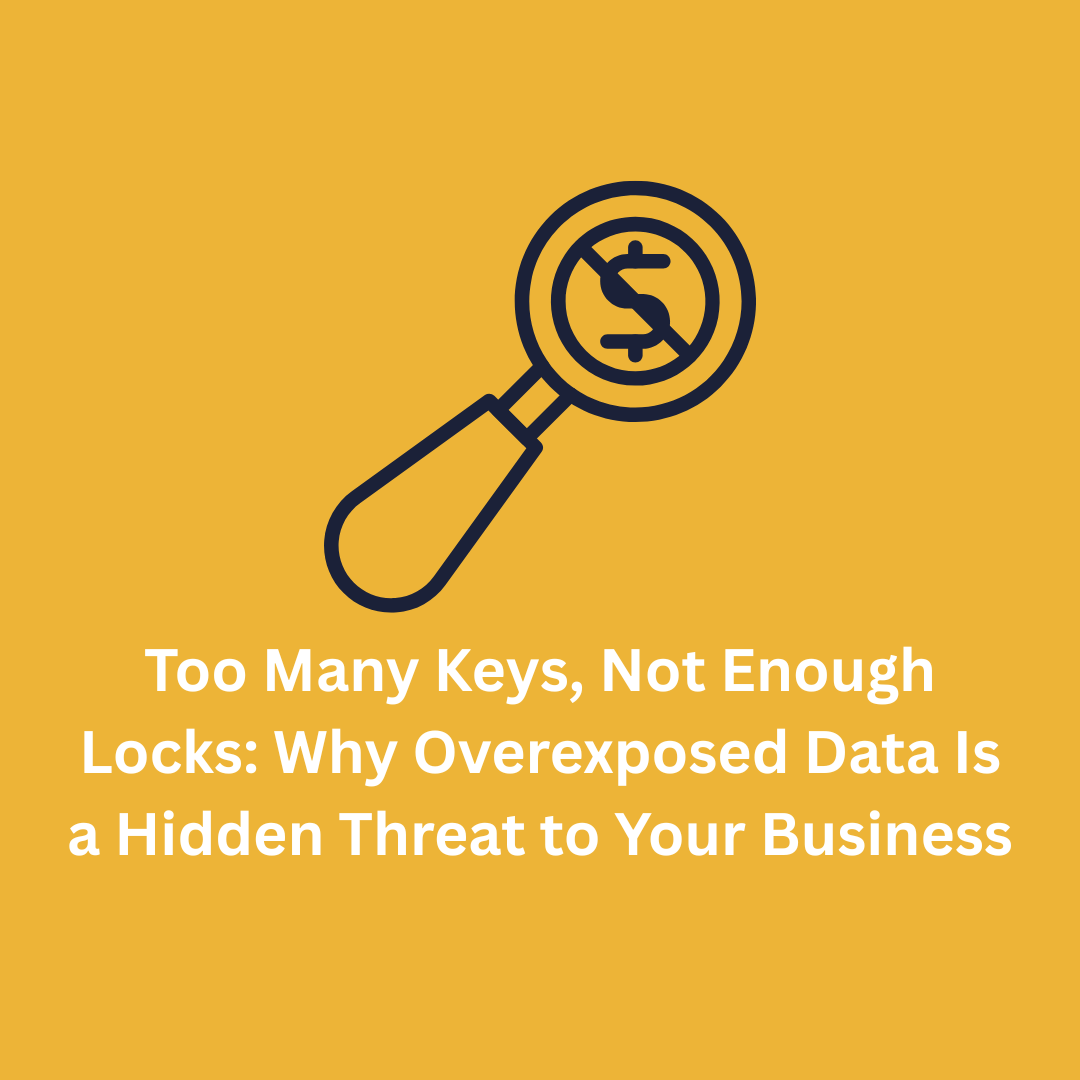




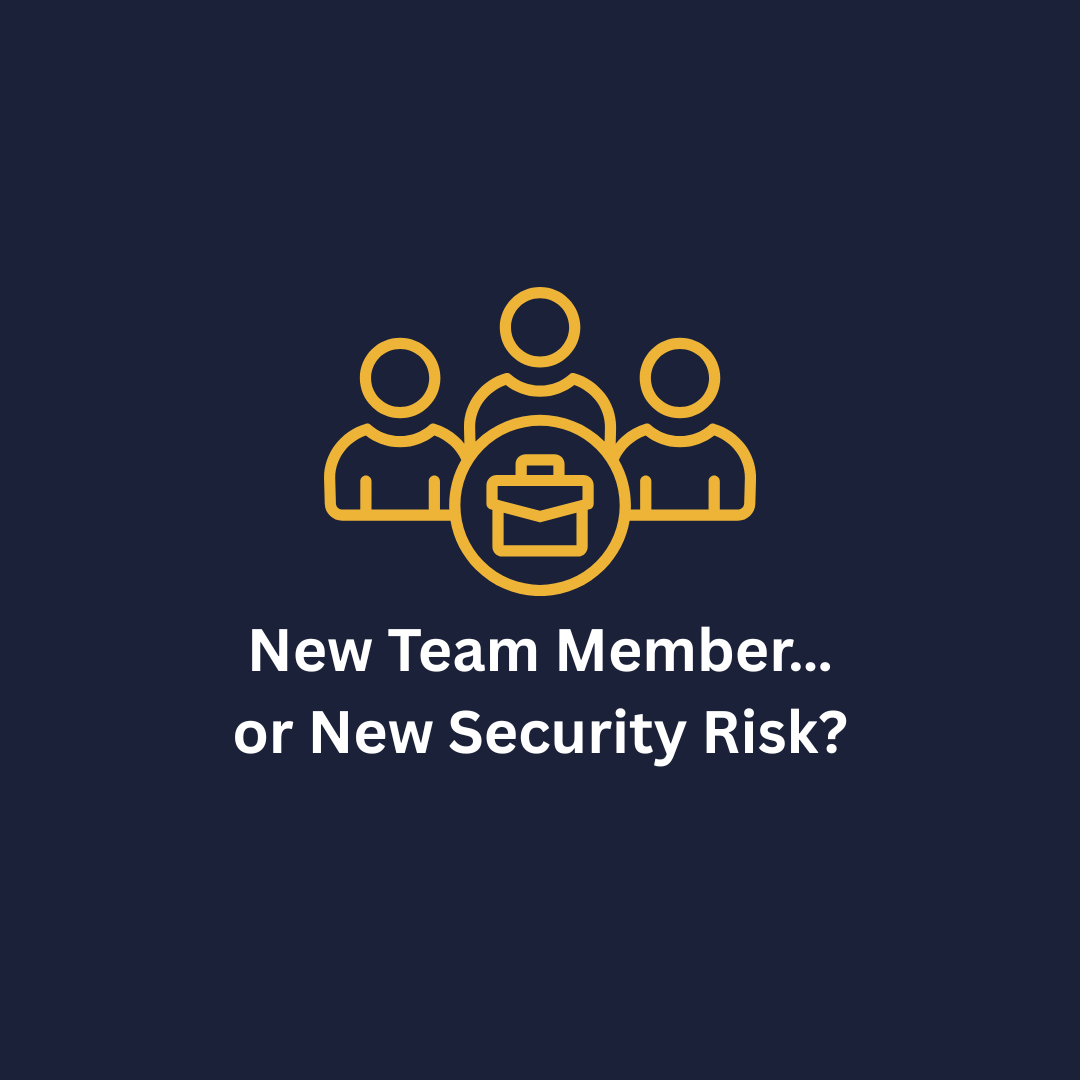

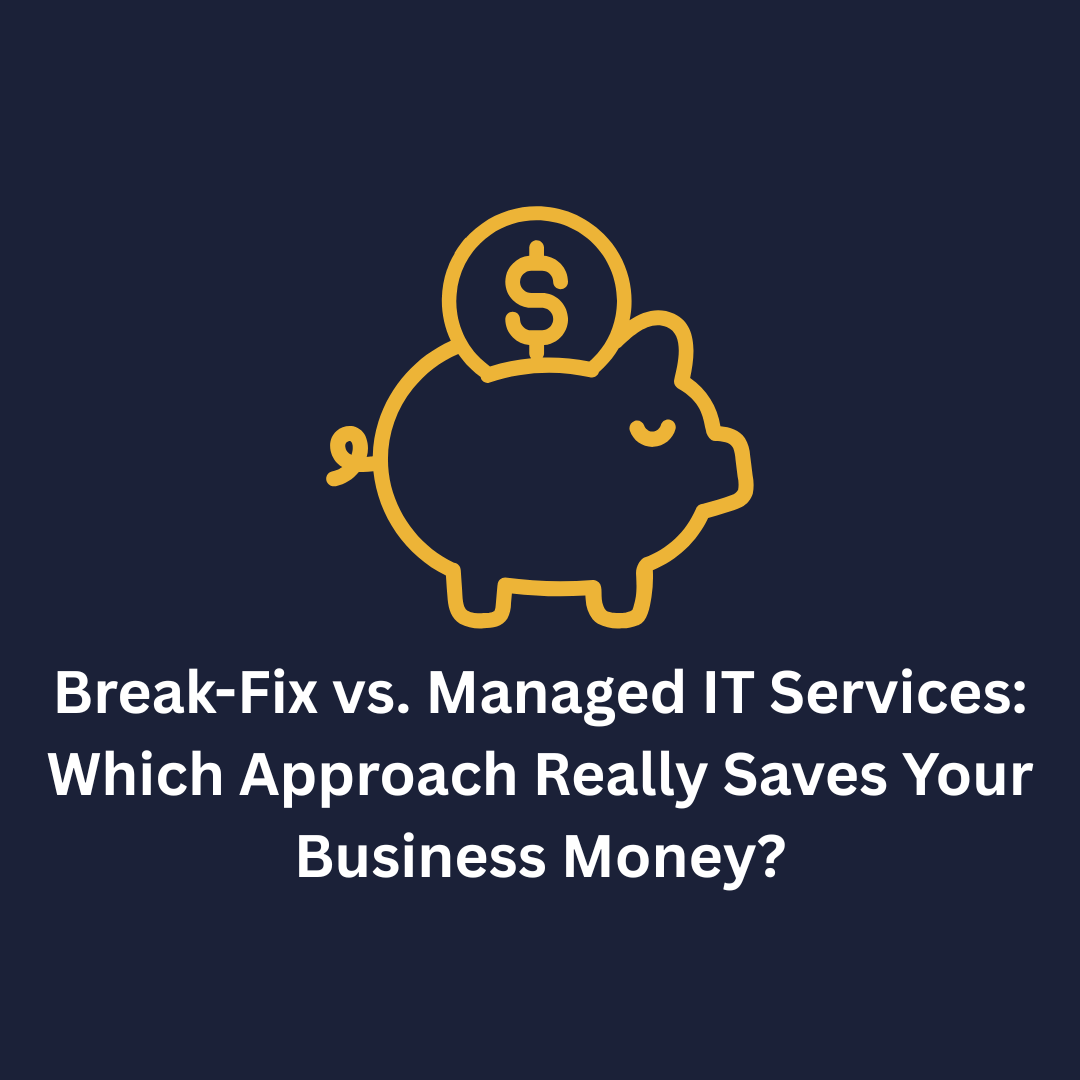



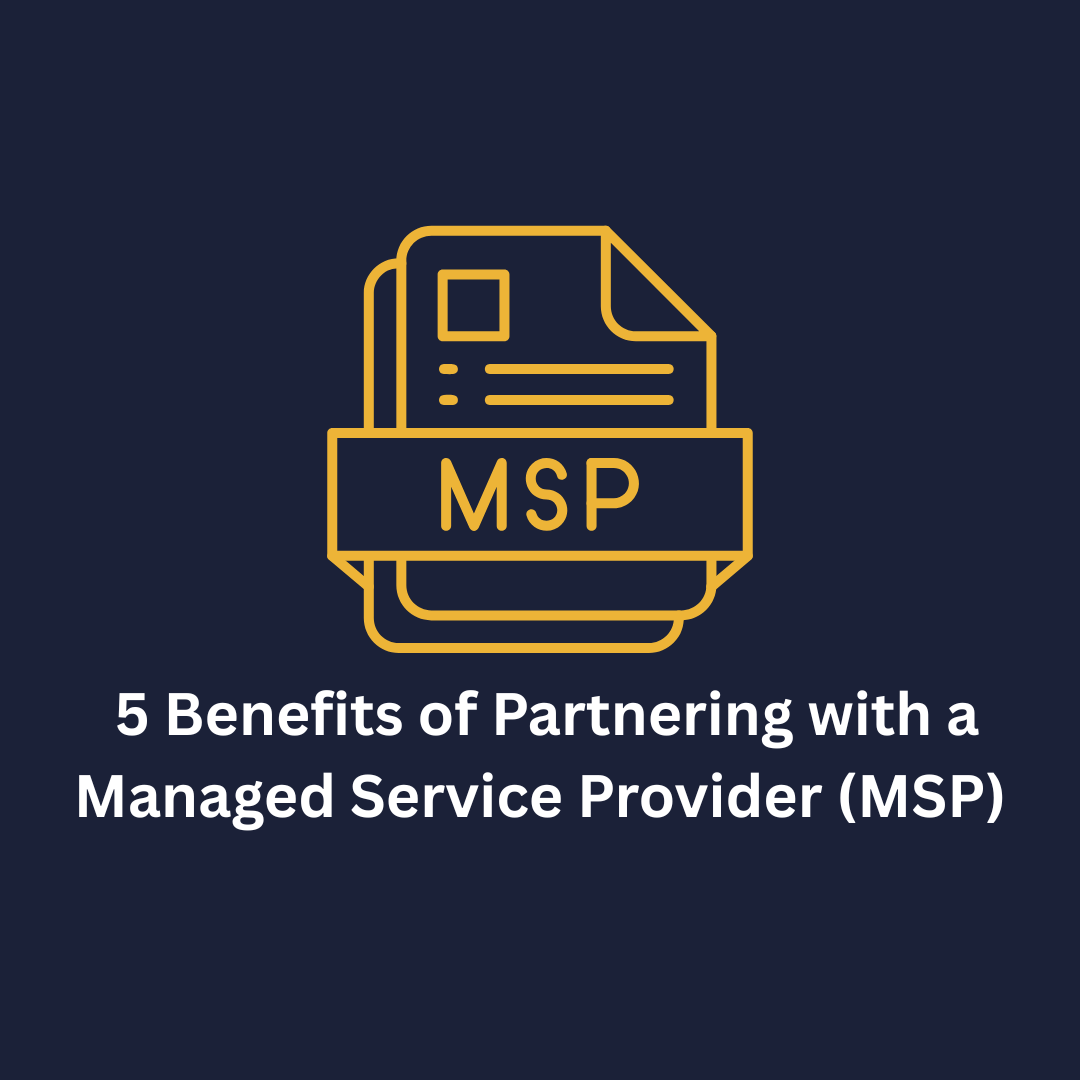



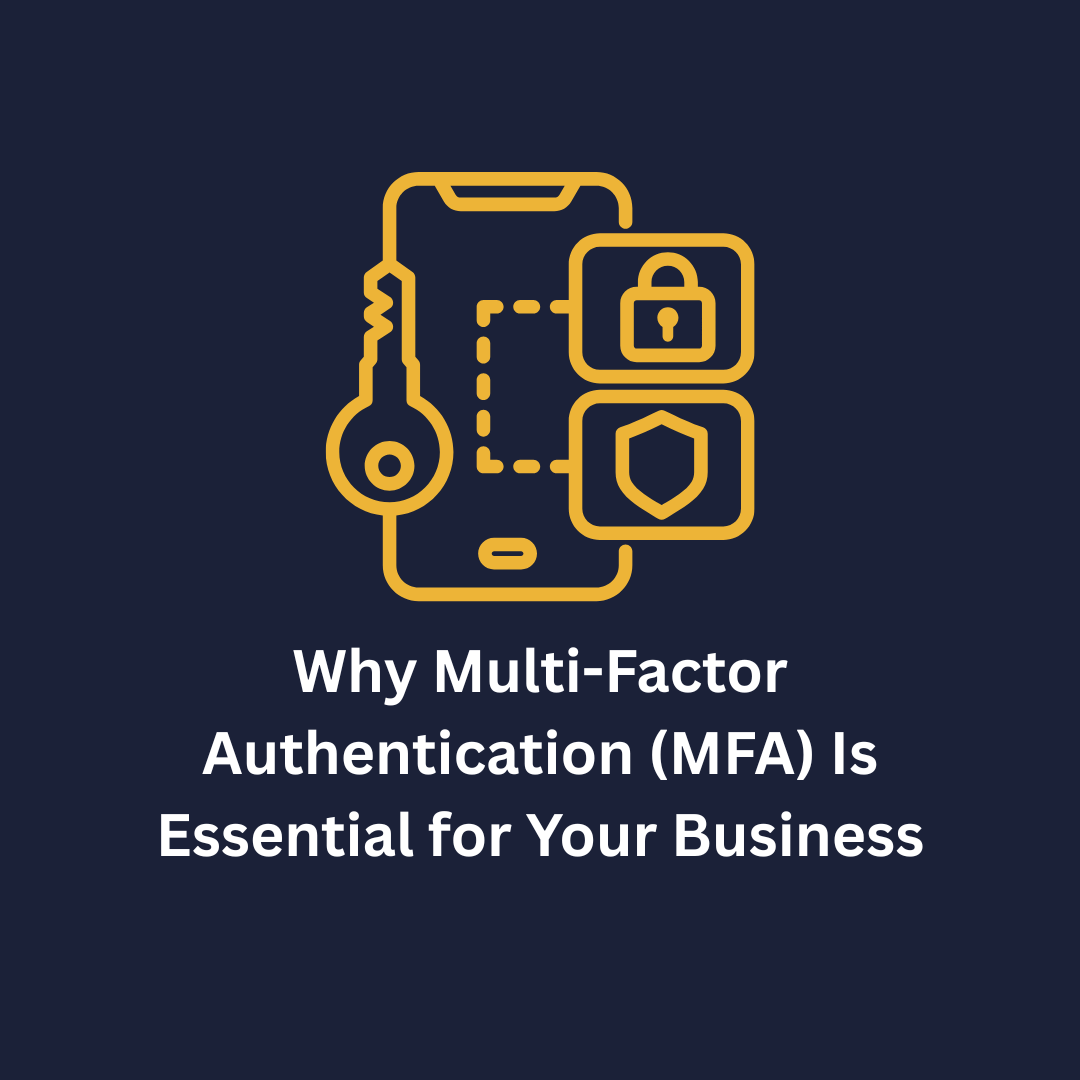


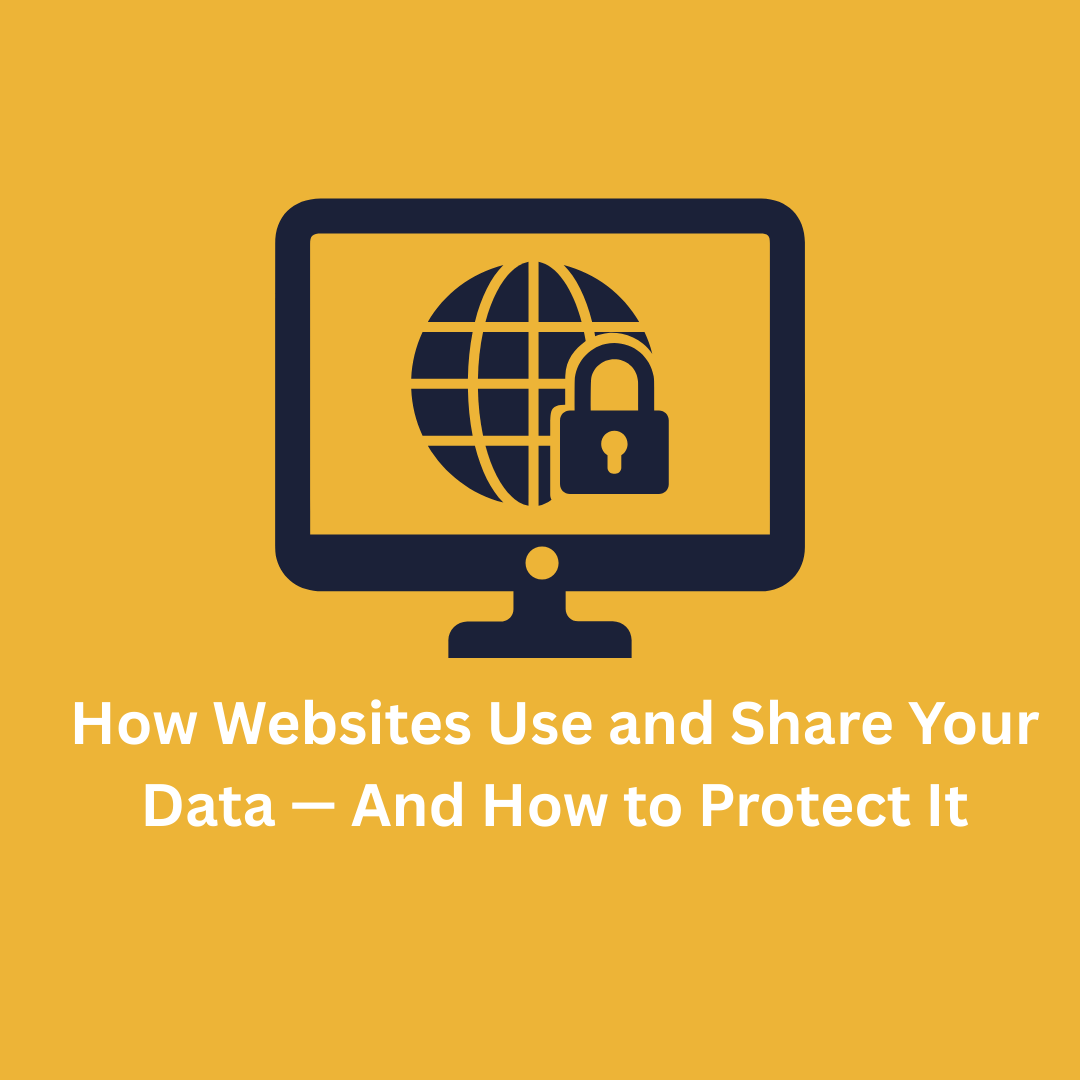


.png)






